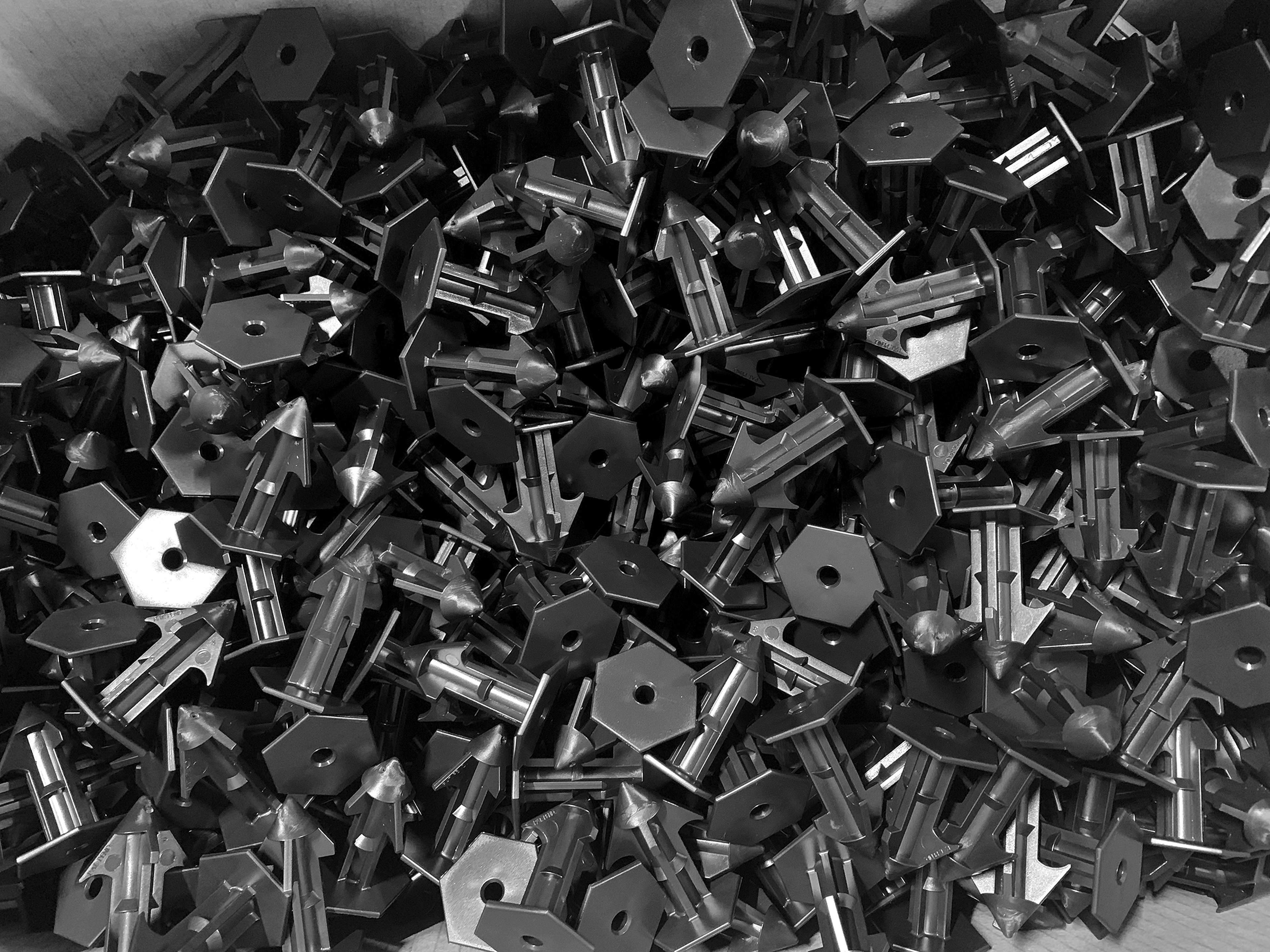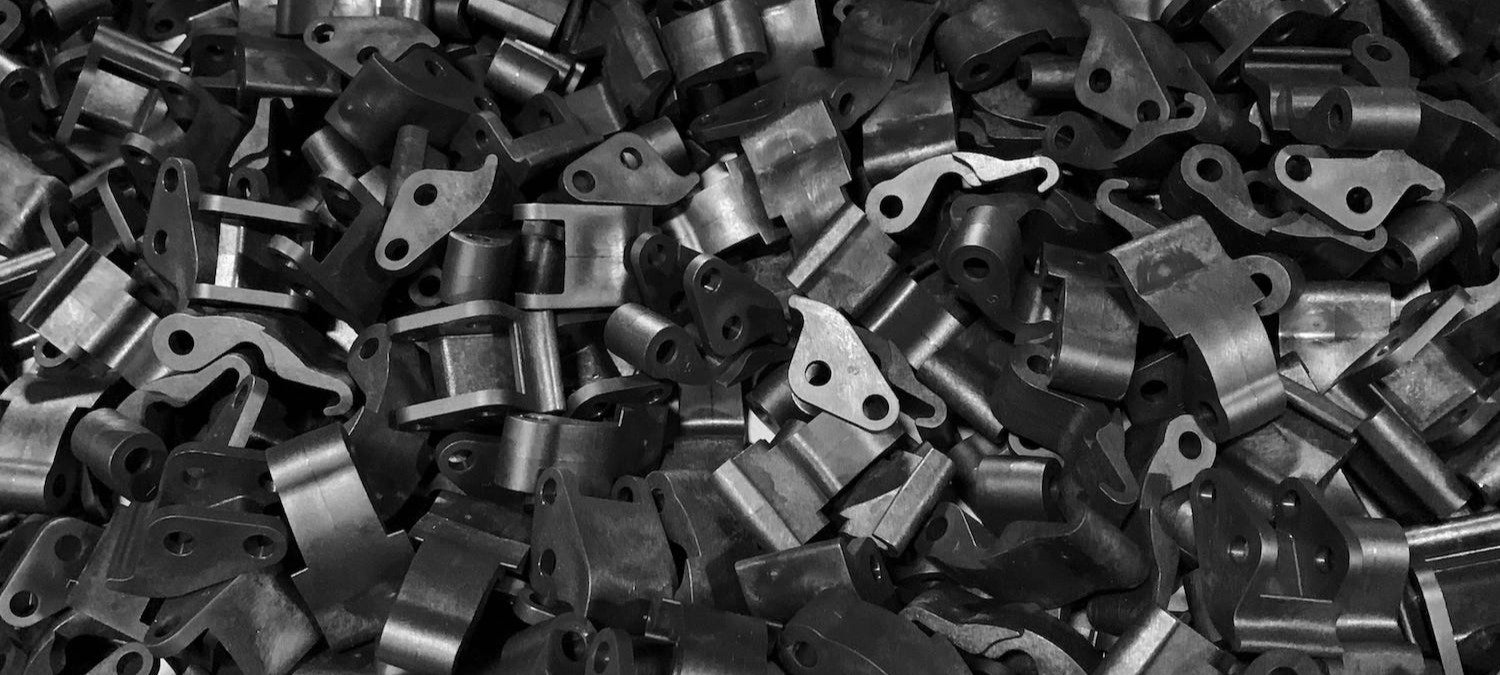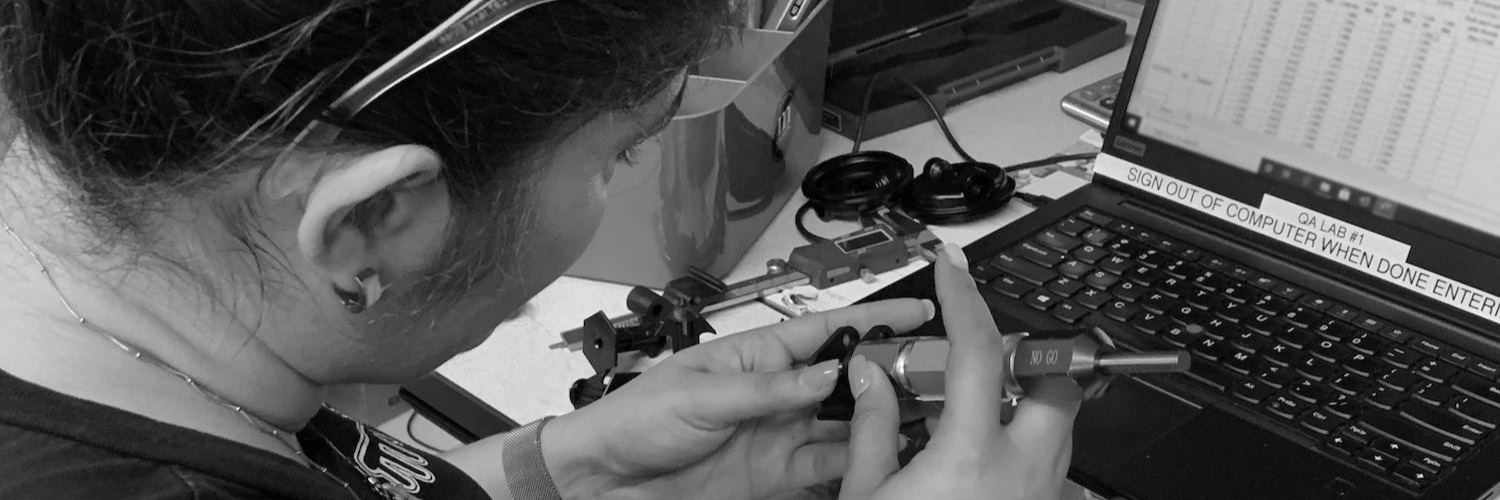Ever wondered what products are made by plastic molding?
The truth is that it’s a lot of what’s around you at this very moment.
Plastic molding is a cornerstone of modern manufacturing, shaping countless products we use daily. From household items to intricate industrial components, plastic molding enables the creation of durable, cost-effective, and versatile products for virtually every industry.
This guide explores the wide-ranging applications of plastic molding and the value it brings to product development. But first, let’s return to the basics.
What is Plastic Molding?
Plastic molding is a manufacturing process where molten plastic is shaped into parts or products using a mold. This method offers precision, scalability, and the ability to create complex geometries that meet diverse functional and aesthetic needs.
The Plastic Molding Process and Material Selection
The effectiveness of products made by plastic molding lies in the synergy between the chosen process and the material selection. These two factors work together to determine not only the quality of the final product but also its cost-efficiency and suitability for the intended application. Here’s a deeper look at what goes into this crucial decision-making process:
The Molding Process
Different molding techniques are used based on the product’s design, functionality, and production requirements:
- Injection Molding: Ideal for precision components and high-volume production, this method uses molds to create complex and detailed shapes with tight tolerances. Common applications include automotive parts, medical devices, and consumer goods.
- Blow Molding: Used to produce hollow objects such as bottles, containers, and fuel tanks, blow molding shapes molten plastic by inflating it into a mold cavity.
- Thermoforming: Best suited for large, flat, or contoured surfaces, thermoforming heats plastic sheets until pliable, then forms them into shapes using a mold. It’s widely used in packaging and signage.
- Overmolding: These advanced techniques allow for combining multiple materials or integrating pre-formed components like metal inserts into the finished product.
Material Selection
Choosing the right material is equally critical to the success of the molding process. The selection depends on the part’s performance requirements, budget, and application environment:
- Engineering-Grade Plastics: High-performance plastics like ABS, PEEK, or nylon are selected for their strength, heat resistance, and durability. They’re ideal for demanding applications in industries such as aerospace, automotive, and healthcare.
- Commodity Plastics: Affordable options like polypropylene (PP) or polystyrene (PS) are often used for less demanding applications, such as disposable packaging, consumer goods, or low-stress components.
- Specialized Materials: For unique applications, materials with specific properties, such as UV resistance, chemical resistance, or flexibility, can be selected to meet exacting standards.
Balancing Process and Material
The interplay between the molding process and material selection ensures optimal performance, efficiency, and cost-effectiveness. For example, a complex automotive part requiring durability and heat resistance might benefit from injection molding with nylon, while a lightweight, hollow container could be efficiently produced using blow molding and polyethylene.
By carefully evaluating factors such as the desired part geometry, mechanical properties, and production volume, manufacturers can tailor the process and material combination to achieve the best results for the application.
Editor’s note: At Molding Dynamics, we focus solely on injection, insert, and overmolding, but we wanted to give you a full flavor of the types of methods various producers use. For the purposes of this blog post, we’ll be focusing on injection molding methods.
Everyday Products Made by Plastic Molding
Plastic molding’s adaptability makes it the go-to solution for a vast array of products across industries – it plays a significant role in producing items we interact with daily. Examples include:
- Kitchen and Storage: Food containers, utensils, and storage bins.
- Consumer Goods: Toys like action figures and building blocks, decorative items, and furniture.
- Packaging: Lids, bottles, and protective packaging solutions.
These products are valued for their durability, lightweight nature, and ability to be mass-produced cost-effectively. Plus, plastic molding ensures consistent quality and functionality, even in demanding environments.
Plastic molding’s adaptability supports innovation across countless specialized fields. Let’s dive further into the specific applications of plastic molding that lead to products we know and rely on for our daily lives.
Industrial and Commercial Applications
In industrial and commercial settings, plastic-molded products provide reliable solutions for heavy-duty use:
- Logistics: Pallets, crates, and storage containers.
- Construction: Pipes, fittings, and drainage components.
- Manufacturing: Machine housings, gears, and enclosures.
Automotive Applications
The automotive industry heavily relies on plastic molding for lightweight and durable components that enhance performance and fuel efficiency. These parts demonstrate plastic molding’s ability to meet high-performance standards while reducing costs. Common applications include:
- Interior Components: Dashboard panels, trims, and cup holders.
- Exterior Parts: Bumpers and grilles.
- Engine Components: Fan blades and reservoirs.
Medical Devices and Equipment
Plastic molding supports innovation in healthcare, producing critical medical components with precision and compliance. Medical-grade plastics ensure safety, durability, and sterilizability for essential healthcare products. Examples include:
- Disposable Products: Syringes, IV components, and vials.
- Equipment Housings: Casings for diagnostic and monitoring devices.
- Prosthetics and Tools: Lightweight, customizable solutions for patient care.
Electronics and Technology
Plastic molding is indispensable in the technology sector, delivering high-performance components for a rapidly evolving industry. These products benefit from plastics’ ability to provide insulation, durability, and design flexibility. Examples include::
- Casings and Enclosures: Smartphones, laptops, and wearables.
- Accessories: Keyboards, mice, and chargers.
- Internal Components: Electrical connectors and circuit board housings.
Custom and Specialty Products
Beyond traditional applications, plastic molding enables the creation of niche products tailored to unique requirements:
- Retail Displays: Point-of-purchase displays and signage.
- Sports Gear: Helmets, protective pads, and equipment.
- Aerospace Components: Lightweight yet durable parts for aircraft and defense applications.
Why Choose Molding Dynamics for Your Plastic Molding Needs?
At Molding Dynamics, we specialize in delivering high-quality, tailored insert and overmolding solutions. Our expertise spans various industries, and we provide:
- Precision tooling and design.
- Advanced technology for consistent results.
- End-to-end support, from material selection to post-production finishing.
Whether you’re developing prototypes or scaling for mass production, our team ensures your project’s success through innovation, quality, and customer collaboration.
Plastic molding drives the production of countless products, blending innovation with efficiency. Whether it’s automotive components, medical devices, or everyday items, this process offers unparalleled versatility.
Ready to transform your ideas into reality?
Contact Molding Dynamics today and let’s bring your vision to life!






